A mixture of vinegar and soda for plastic windows
To get rid of stains and yellowness on slopes and PVC window sills, the network is often advised to prepare a gruel from powder, soda, or add vinegar, and then wipe in a circular motion. But manufacturers strictly prohibit the use of any abrasives for washing - they create small scratches on the surface. Over time, even more dirt is clogged into the grooves.
To clean plastic windows, a warm soapy solution, a cloth or microfiber cloth is enough. For tough stains, use ammonia and hydrogen peroxide.
Lemon in the dishwasher for shine
The advice that sliced lemon will affect the cleanliness of the dishes doesn't work. This amount is not enough to get any effect. The flow of water in the dishwasher is too strong, so the acid cannot attack the cups and plates.
For the life hack to work, you need to cut and put about 4 kg of lemons in the dishwasher. But it's easier to use a special tool.
Cold wash
If you wash it at 30 degrees, the machine will use less energy and will last much longer, as cold water reduces the formation of limescale. But this does not mean that all clothes need to be washed at low temperatures. This mode is necessary in the case of colored, delicate or dark fabrics that can fade at 60 degrees. Stubborn dirt won't go away with a cold wash: hot water is needed for kitchen towels, white cotton bedding, jeans.
Disinfection of sponges in the microwave
It is believed that heating a dishwashing sponge in a microwave oven destroys any harmful bacteria that remain in the porous material and thus prolongs the life of the product. Yes, many microorganisms live on the sponge (according to the studies of German scientists, there are up to 362 species of bacteria on it), but its sterilization in the microwave kills only harmless microbes.
How not to harm your health using a sponge? After application, it must be thoroughly washed under running water from the remaining foam, squeezed out and dried. It is necessary to change the product once every one and a half weeks.
Hairspray removes stains
This myth appeared at a time when alcohol was the basis for varnish. Now this method does not work, and after applying the composition to the fabric, you will also have to wash off the sticky substance. As an antistatic, varnish is also not suitable.
Olive oil for leather upholstery
To prevent a sofa or chair made of genuine leather from cracking, you should use special moisturizing compounds, and not olive oil, as advised on many sites. In addition to a greasy shine, it will not give anything. Many recipes include vinegar, which is also strictly prohibited!
Careful material should be taken care of: you can read about caring for leather furniture in this article.
Vinegar fights glass marks
Do not experiment with vinegar on wood and varnished countertops - its chemical composition is too aggressive and can damage the protective layer.Vinegar is also not suitable for processing marble, stone and waxed surfaces - the materials will tarnish and become covered with pale spots.
You can try to remove whitish marks on a wooden lacquered tabletop with warm air from a hairdryer or ironing the stains with an iron through a towel.
Many household cleaners do a good job of removing stains, but unfortunately they don't work on bacteria, fungi, and viruses. Before trying this or that life hack, it is worth learning more information about it and carefully weighing all the risks.

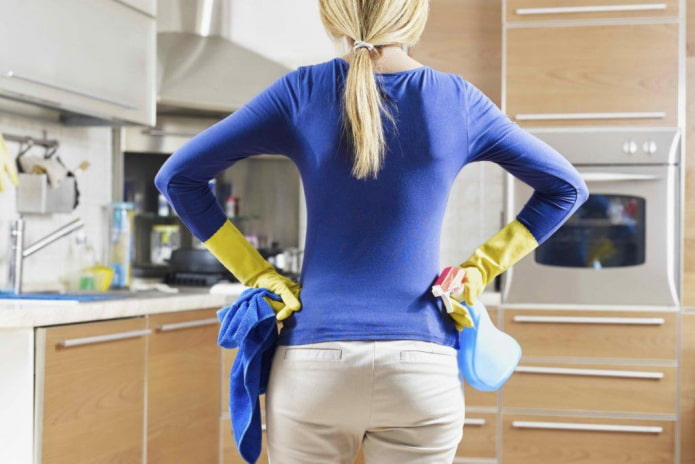
 10 practical tips for arranging a small kitchen in the country
10 practical tips for arranging a small kitchen in the country
 12 simple ideas for a small garden that will make it visually spacious
12 simple ideas for a small garden that will make it visually spacious
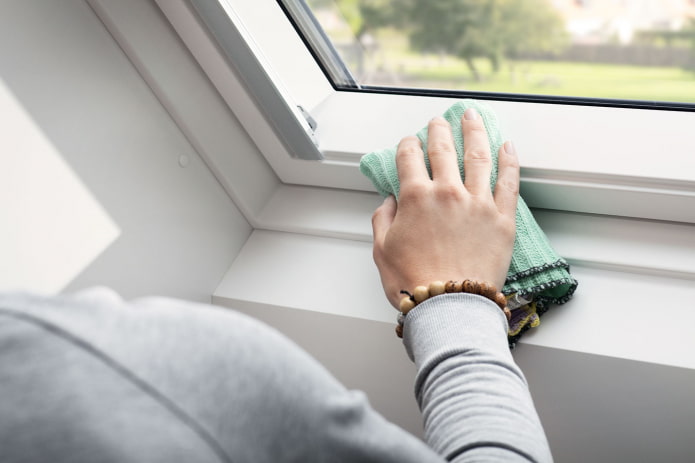
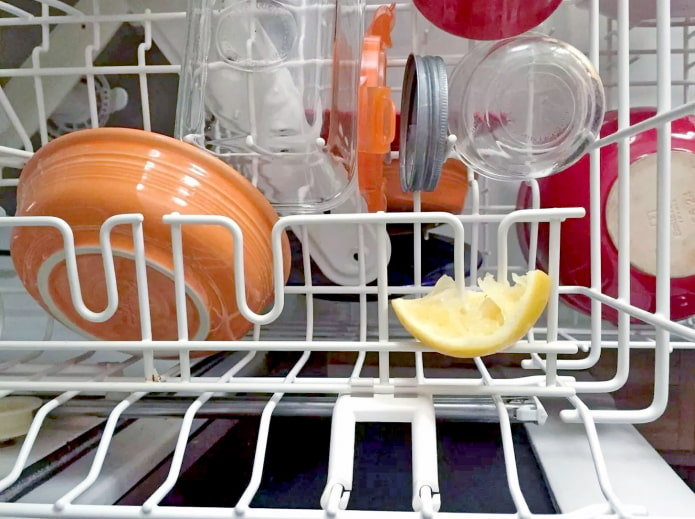
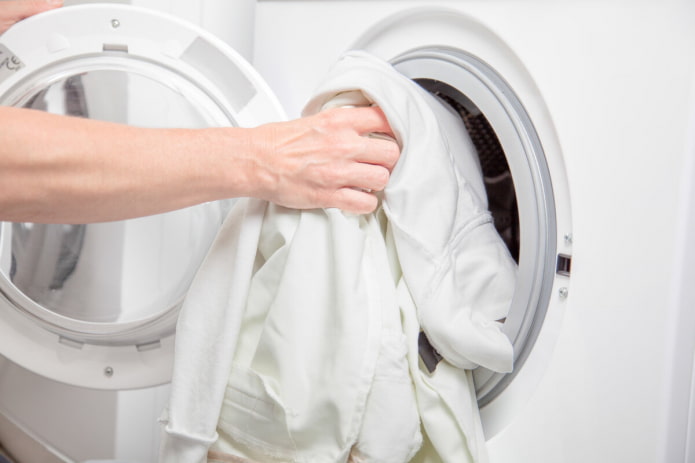
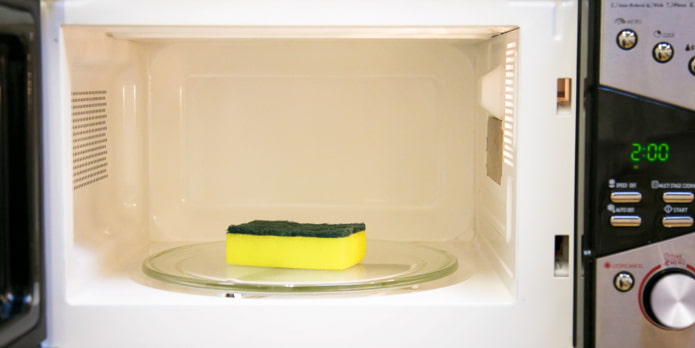

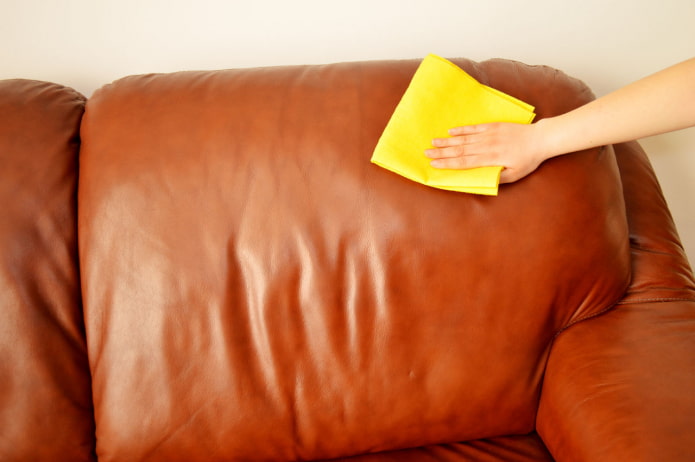
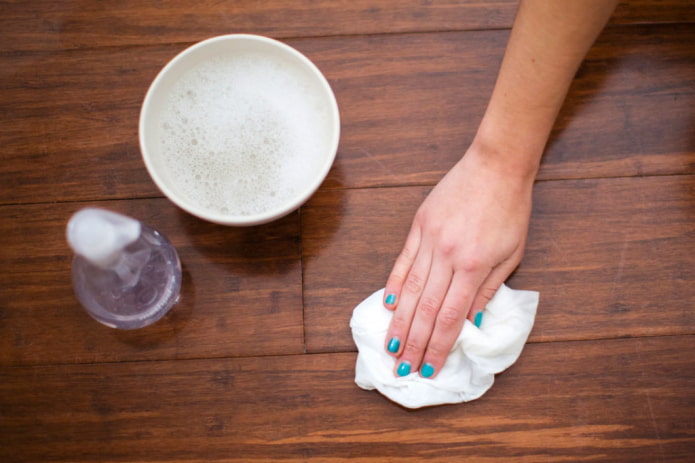
 13 bad habits a good housewife shouldn't have
13 bad habits a good housewife shouldn't have 24/7 home cleanliness - 4 secrets for the perfect housewife
24/7 home cleanliness - 4 secrets for the perfect housewife 6 hotels in Sochi that will give odds to the promoted foreign hotels
6 hotels in Sochi that will give odds to the promoted foreign hotels Top 10 interior design trends 2020
Top 10 interior design trends 2020 Rating of cheap TVs with Smart-TV
Rating of cheap TVs with Smart-TV New Year's LED garlands on AliExpress - we disassemble while it's hot, so that it's bright at home
New Year's LED garlands on AliExpress - we disassemble while it's hot, so that it's bright at home